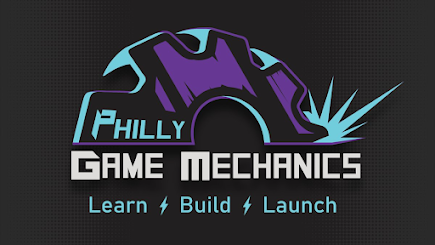Conversational AI Chatbots vs Virtual Assistants: Close Relatives or Worlds Apart?
In the evolving world of artificial intelligence, two technological marvels have revolutionized how we interact with machines: AI Chatbots and Virtual Assistants. At first, look, using these apps appears to be one and the same, however, the purpose of each is quite different. The question remains: are they siblings having the same heritage or two cousins with entirely different futures? Well, let’s go into it one step by one to get the answer!
Understanding AI Chatbots
An AI Chatbot is an artificial interface that mimics the ability of users to talk as a human being with the main purpose of performing human activities such as answering questions and performing tasks autonomously. These chatbots exist within pre-stipulated architectures and usually use techniques such as Natural Language Processing (NLP).
They are now an indispensable feature of our daily lives, be it for e-commerce websites that provide you with prompt customer support, or consider, healthcare platforms that allow you to schedule an appointment with a doctor. The global chatbot market was worth $5.6bn in 2023 – an indication that companies are increasingly seeking chatbot services.
What Are Virtual Assistants?
Even Smart Assistants like Siri, Alexa, or Google Assistant are a step ahead of this idea. They are capable of machine learning, and voice recognition and are also contextually intelligent systems. These assistants work and synchronize with smart devices, proceed with time management send reminders, and even control home appliances.
As opposed to Chabot tools, Virtual Assistants are much more complex and encompass a full range of tasks for the user.
Key Differences: Who Does What?
For example, an AI Chatbot on a retail website might help customers find a product or resolve queries about return policies. Meanwhile, a Virtual Assistant like Alexa can play your favorite playlist, set reminders, and even dim your lights.
Similarities: Shared DNA
Both technologies share a common foundation: artificial intelligence. NLP enables them to understand the user’s intents, hence making the interaction smooth. Also, they are the best in the sense that they offer their services day and night, very useful in today’s world where everything is digital.
Real-World Impact
AI Chatbot: Fashion giants such as H&M and beauty product retailers Sephora have integrated Artificial Intelligence Chatbots to improve consumer relations whereby the riposte time is cut by at least 70 percent.
Virtual Assistants: More than three-quarters of the American households with voice-activated speakers use them every day which shows how the devices are a part of people’s lives nowadays.
Siblings or Distant Cousins?
AI Chatbot: Companies like H&M and Sephora use AI Chatbots to enhance customer experiences, reducing response times by up to 70%.
Virtual Assistants: Over 77% of U.S. households with smart speakers rely on virtual assistants daily, showcasing their integration into modern lifestyles.
Final Thoughts
This brings us to the conclusion that it’s not about whether you should use AI Chatbot or Virtual Assistant as it’s about identifying the needs to meet and then choose the right tool for the job. The above-discussed technologies will only fuse over the future as AI keeps on developing, thus inverting the relations again. Until then, knowing what they can do well see to it that you rightly put it into practice.



Comments
Post a Comment